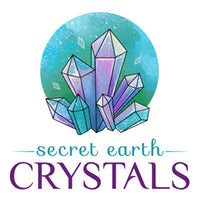TOURMALINE
Specifications
Mineral Class: Boron Silicate
Crystal System: Trigonal
Hardness: 7 - 7.5
Luster: Vitreous
Diaphaneity: Translucent to Opaque
Colors: Black, Blue, Green, Yellow, Pink, Red
Birthstone: October
Symbolizes: Repelling
Source: Afghanistan, Australia, Africa, Brazil, Germany, Italy, Madagascar, Sri Lanka, and USA


Tourmaline is a crystalline boron silicate mineral with several elements compound within it, such as aluminum, iron, sodium, lithium, magnesium or potassium. Tourmaline occurs naturally in a wide variety of colors, usually occurring as black to bluish-black and deep brown. It’s found as yellow, and lithium rich varieties can be almost any color, even pink, green or yellow, etc. Tourmaline gets its name from Tamil turamali which is an Indian word given to a group of gemstones found in the southern parts of the Indian Subcontinent.
A unique trait of Tourmaline, it generates electricity under pressure and with it, generates heat. Tourmaline is beneficial for plants, keeping pests away and encouraging healthy growth and harvest yields. Brightly colored Ceylonese Tourmalines were brought to Europe in great quantities by the Dutch East India Company to satisfy a demand for curiosities and gems. Tourmaline was sometimes called the "Ceylonese Sri Lankan Magnet" because it could attract and then repel hot ashes due to its pyroelectric properties.
